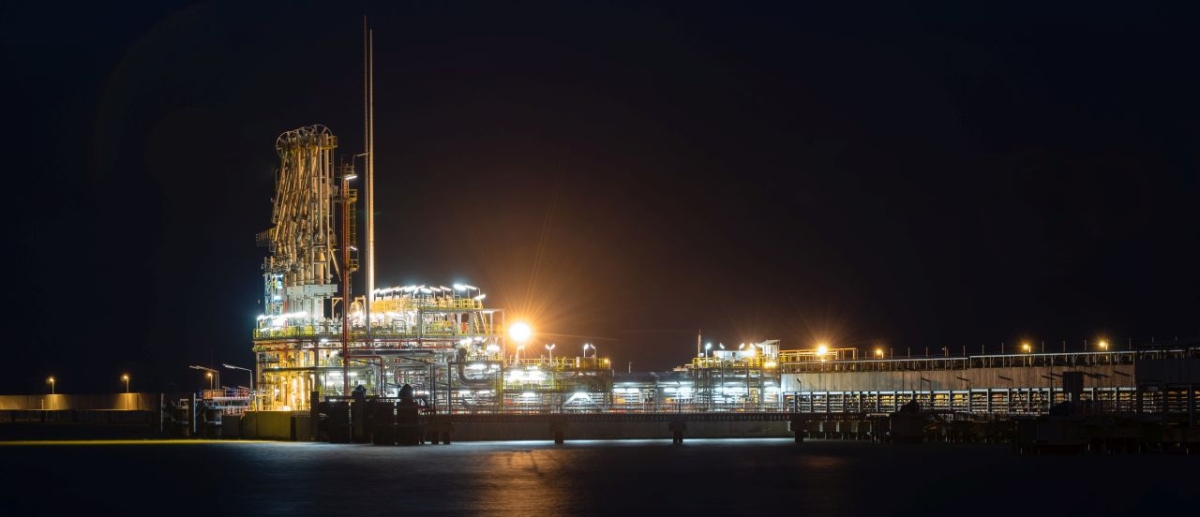
As many as six cargoes of liquefied natural gas were received in May by PGNiG at the President Lech Kaczyński Gas Terminal in Świnoujście. The record monthly number of deliveries is the effect of intensification of LNG imports in order to strengthen the energy security of the country.
The gas carrier Gaslog Westminster arrived at the terminal in Świnoujście carrying 73 thousand tons of LNG, which corresponds to 100 million cubic meters of natural gas after regasification. This is the sixth delivery that PGNiG has brought to the gas port in May.
– Never before has the company received so many cargoes of liquefied natural gas in a single month. The total volume of May deliveries amounted to 0.45 million tonnes of LNG, i.e. 620 million cubic metres of natural gas after regasification. This means that in May, Poland received by sea the volume of gas consumed in the spring and summer period by all the household customers served by PGNiG for approximately 2.5 months.
Since the beginning of the year, PGNiG
received 20 cargos of liquefied natural gas in Świnoujście. It is
as much as by 1/3 more than in the same period last year. Increased
import of LNG is PGNiG's response to tense situation on the European
gas market caused by Russia's aggression on Ukraine and limited
supplies of the fuel from the East.
Intensification of supplies to the gas
port is possible thanks to the expansion of the terminal completed by
GAZ-SYSTEM SA. As of this year, the regasification capacity of the
installation amounts to 6.2 bcm per year, i.e. by 1.2 bcm more than
so far. PGNiG, which has reserved the full capacity of the terminal,
is planning to use almost the whole available capacity of the
installation this year.
Apart from the six deliveries to
Świnoujście, in May PGNiG also took delivery of a cargo of
liquefied natural gas at the terminal in Klaipeda, Lithuania. It was
the first delivery of LNG for PGNiG to the regasification
installation located abroad. Thanks to the Poland-Lithuania gas
pipeline launched in May this year, most of the cargo delivered to
Klaipeda was sent to Poland after regasification, while the remaining
part was delivered to the market of the Baltic States.
Photo: Depositphotos


